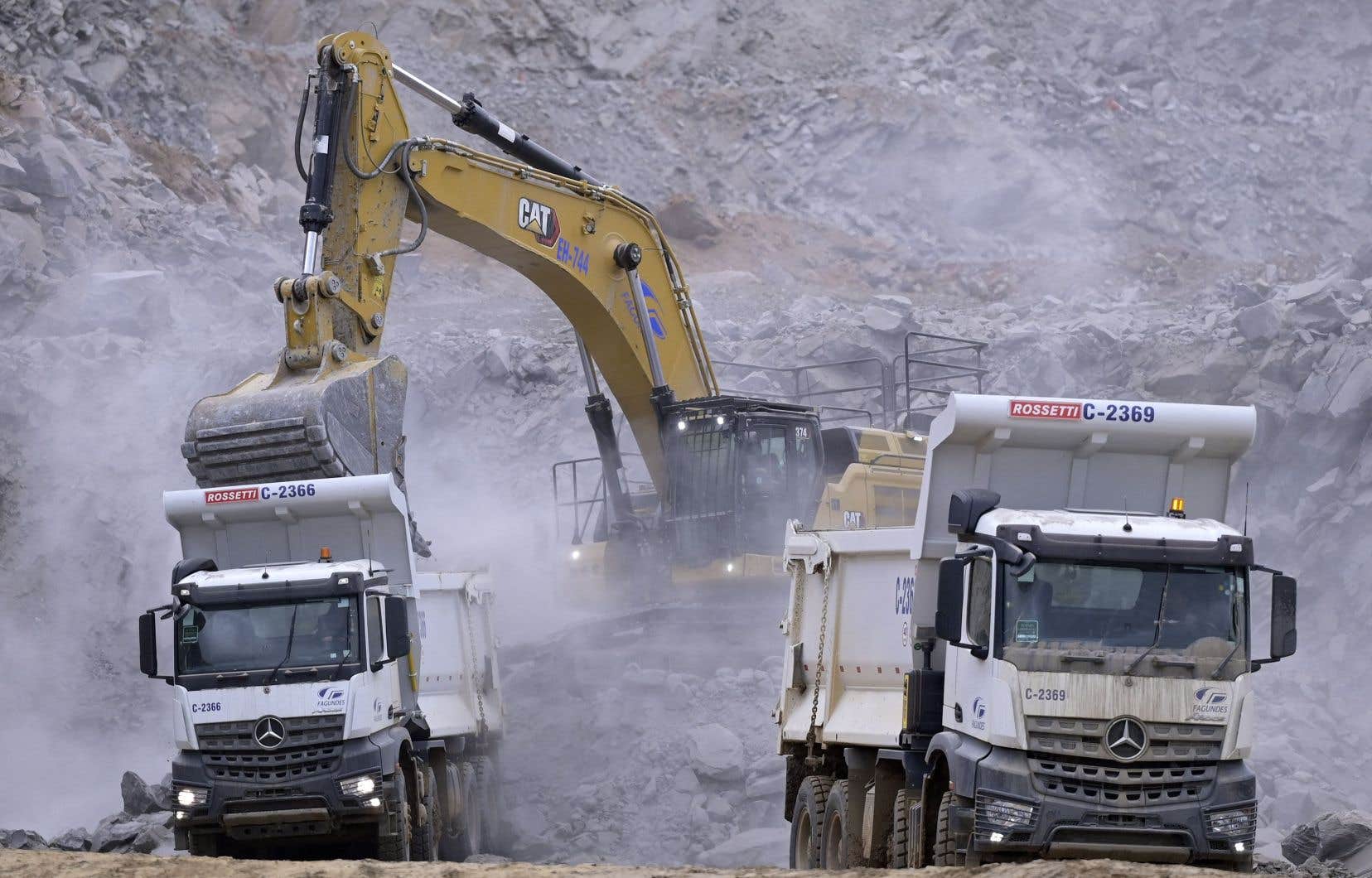Should we be surprised by recent announcements of cutbacks and closures of lithium mines in Quebec and internationally, while demand for “white gold” is experiencing strong growth for batteries and electric vehicles? Here are three risks that we believe are important to carefully assess before allocating more public funds to lithium mining projects.
Resources in abundance
While it is true that demand for lithium is exploding, we too often forget to point out that supply is also exploding. According to data from the American Geological Survey, global lithium production (130,000 tonnes) saw an impressive jump of 58% between 2020 and 2022.
With new discoveries every year, global lithium resources (98 million tonnes) have almost tripled since 2010. These quantities would be enough to supply the lithium market for 954 years at current production rates.
As for the reserves which are closer to the production threshold, they reached 26 million tonnes in 2022. This is a sufficient volume to supply 2.6 billion electric vehicles, almost double the approximately 1.4 billion of gasoline-powered vehicles currently in circulation on the planet. Added to this is the recycling of lithium, which could substantially increase its availability on the markets in the medium term: up to 30% of demand, according to certain studies.
If these data demonstrate a high availability of lithium to support the ongoing energy transition (good news), they also demonstrate the strong downward pressures that risk afflicting the market in the medium and long term. This puts several mining projects, their investors (public or private) and the communities surrounding them at risk.
Resources present in several countries
The availability of lithium resources in two dozen countries located on five continents will contribute to increasing this downward pressure on lithium prices.
Contrary to popular belief, China does not control the primary production of lithium. In fact, it is Chile (36%), Australia (24%) and Argentina (10%) which hold the majority of world reserves (60%) and which currently dominate world production (77%). . China represents a sixth (15%) of global production, with 8% of reserves.
As for lithium processing, China’s influence (55%) is decreasing every year. Chile (25%), Argentina (10%) and several countries are rapidly increasing their processing capacity.
Closer to home, the United States and Canada account for about 1% of global production with 7% of reserves. These reserves could provide around 200 million electric vehicles, almost 200 times the number of electric vehicles sold in these two countries in 2022.
A cyclical mining market
Lithium is not immune to boom-bust (boom and bust) cyclical aspects of the mining sector nor the social and environmental liabilities that too often accompany it. Ultimately, a majority of projects risk never seeing the light of day, closing prematurely or going bankrupt.
Of course, price increases will occur when the production rate does not keep up with demand, but these increases are likely to be short-lived. In this context, only a minority of well-designed projects with low production costs will have a real chance of succeeding in the long term. Producers already in place in Australia, Chile, Argentina and China have a head start.
This context is conducive to a race to the bottom between producing countries, particularly to reduce regulatory and environmental constraints. It is also conducive to overbidding by governments to attract private investors. We are already seeing this in the country: acceleration of permits, circumvention of environmental assessments and hundreds of millions of public funds promised to the lithium industry. This almost blind enthusiasm and devoid of critical sense is worrying. It could be expensive collectively. It recalls a number of industrial policies which have failed in the past.
In addition to financial risks, lithium projects pose significant social and environmental risks (mining waste, water, indigenous rights, etc.).
In conclusion, we call on governments to remain vigilant regarding the evaluation and financing of lithium projects. We must support public policies with a long-term vision that minimizes risks for public finances, the environment and affected communities.
